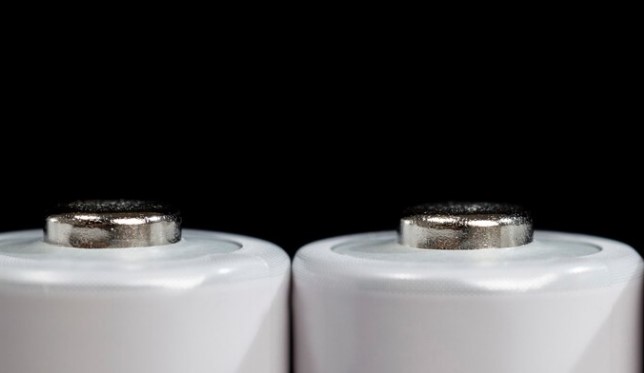They say that good things come in small packages. In the case of pencil cells, that statement couldn’t be more true. Pencil cells are the world’s smallest electronics and they’re making a big impact in a variety of industries. From medical devices to automotive parts, these little cells are changing the game. In this blog post, we’ll explore what pencil cells are and how they’re being used in a variety of industries. We’ll also touch on the potential disadvantages of using such tiny electronics.
What are pencil cells?
In order to create the world’s smallest electronics, scientists and engineers have developed a new type of cell that is made from pencil lead. This new type of cell, called a pencil cell, is able to store and release electrical energy in a way that is similar to traditional batteries. However, due to their small size, pencil cells are able to provide a much higher density of energy storage than traditional batteries. This makes them ideal for use in a variety of electronic devices, including hearing aids, pacemakers, and other implantable medical devices.
Pencil cells are also being investigated for use in wearable electronics, such as smartwatches and fitness trackers. Due to their small size and flexibility, pencil cells could be integrated into clothing and other wearable items. This would allow people to wear their electronics without having to carry around bulky devices.
While pencil cells are still in the early stages of development, they have the potential to revolutionize the way we use electronics. Their small size and high energy density could make them indispensable for a wide range of applications.
How are pencil cells made?
Pencil cells are made by combining carbon with clay and a binding agent. The carbon is what gives the pencil its electrically conductive properties, while the clay and binding agent help to hold everything together.
The first step in making a pencil cell is to mix the carbon with the clay and binding agent. This mixture is then placed into a mold that will determine the shape of the final product. Once the mixture is in the mold, it is heated until the carbon becomes molten.
After the carbon has melted, it is allowed to cool and solidify. Once it has cooled, the mold is opened and the finished pencil cell is removed.
What are the benefits of using pencil cells?
Pencil cells are the world’s smallest electronics. They offer many benefits over traditional electronic devices, including:
1. Pencil cells are much smaller than traditional electronic devices, making them more portable and easier to use in a variety of applications.
2. Pencil cells consume less power than traditional electronic devices, making them more energy-efficient.
3. Pencil cells can be recycled or reused, making them more environmentally-friendly than traditional electronic devices.
What are the drawbacks of pencil cells?
Pencil cells are the world’s smallest electronics, but they have several drawbacks. They’re difficult to manufacture, so they’re not widely available. And because they’re so small, they don’t have a lot of power. So if you need a lot of power for your project, you’ll need to use another type of cell.
How long do pencil cells last?
Pencil cells, also known as button batteries, are one of the world’s smallest electronics. They are used in a wide variety of devices, from watches to hearing aids. But how long do these tiny batteries last?
The answer depends on the type of pencil cell and the device it is powering. For example, a watch battery will last much longer than a hearing aid battery. But in general, pencil cells can last for several years before they need to be replaced.
If you are using a pencil cell in a device that sees a lot of use, such as a flashlight, you may need to replace the battery more frequently. But if your device is only used occasionally, such as a remote control, your pencil cell should last for many years.
So if you are wondering how long do pencil cells last, the answer is: it depends!
Conclusion
Pencil cells are the world’s smallest electronics, and they offer a unique set of advantages over other types of electronics. They are extremely lightweight and portable, making them perfect for use in a variety of applications. Additionally, pencil cells are very energy efficient, meaning that they can be used for a long time without needing to be recharged. Finally, pencil cells are made from environmentally friendly materials, which makes them an excellent choice for those who want to reduce their impact on the planet.



